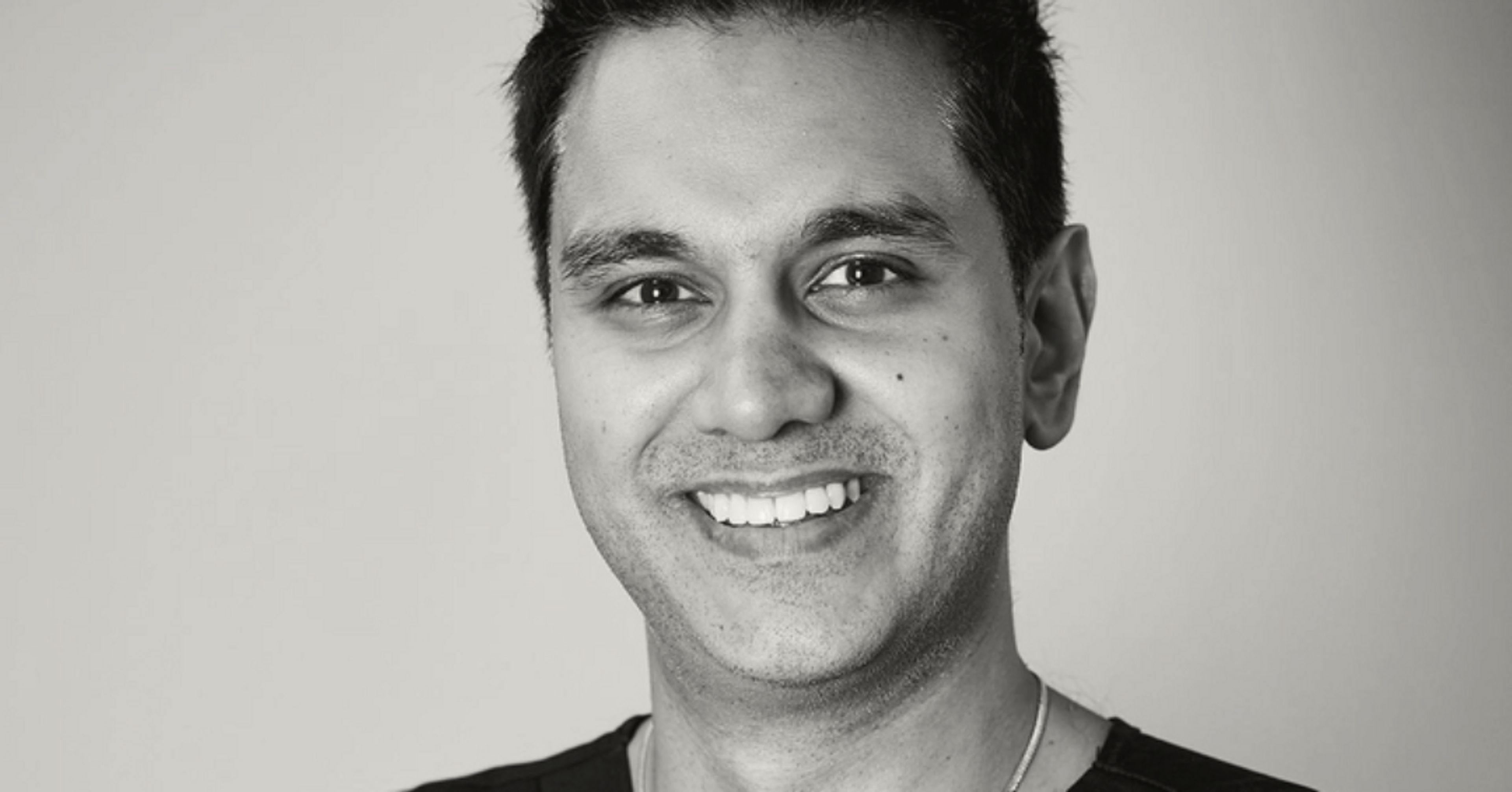Next up in the Practitioner Spotlight series is Dr Manav Bawa - advanced aesthetic doctor and founder of Time Clinic in South Woodford, London.
Practitioner Spotlight: Dr Manav Bawa
This week, I got to chat with the excellent Dr Manav Bawa of Time Clinic. He talked through his love of aesthetics, the importance of identifying body dysmorphia, and his goals for the future, as well as tonnes more...
Hi Dr Bawa! How did you first get into aesthetics?
My background is surgery, and I did plastics and orthopaedic surgery and was always really interested in the aesthetic side of medicine. I then became a GP, knowing that, at some point, I’d go into medical aesthetics - I always knew that was on the horizon.
That’s when I restarted my training for general practice. I researched the best courses to do and how to excel in the industry, and I took a long time to do my research to make sure it was the right thing. I absolutely love what I do. It’s not work! After a 10 hour day, I still come out buzzing.
Ah that’s amazing! So, what is it that you love so much about working in aesthetics?
There are so many different things. I suppose it’s that I get to see such a wide variety of patients. They come in for a consultation and I find out so much about them - their motivations, what drives them to seek these sorts of treatments, and then I get to connect emotionally with them and understand and provide them with what they’re looking for.
Then they’ll walk out of the clinic and they’ll be floating. To see that is fantastic, and it’s making a difference to people’s lives in a different way. People think of medical aesthetics as just skin deep, but it’s not the case at all; it goes far deeper than that.
Absolutely! I’m seeing that more and more all the time. What’s the most important thing you’ve learnt since working in this industry?
I’ve learnt so much, and yet I know that I’ve learnt so little because there’s so much out there. However, I suppose there are two main things that I would recommend to other practitioners. Firstly, know your anatomy. You’ve got to know the structures under the skin, so when you insert the needle down, you’ve got to have a 3D image in your mind of the layers of everything that needle is passing through. That’s how you know you’re injecting into the right place, but it’s also essential for avoiding any complications. I can close my eyes and I have that 3D image in my mind. That comes from reading about anatomy over and over again, and I’ve been to dissection classes and have done so much training.
The second thing is the importance of a proper consultation with the patient. I spend at least 45 minutes on a consultation to really understand what a patient is looking for, to gage their expectations and to educate them. If they understand what’s causing whatever it is that they came in about, it’s brilliant because they know what’s going on and they can make an even more informed decision about what’s right for them.
Explaining a treatment and its side effects to a patient is so important. And it’s not just a tick box exercise on a form so that you are protected; it’s about protecting and informing the patient. You’d never operate on someone without them really understanding the risks first, and there are so many risks with aesthetic treatments, such as blindness and vascular occlusions.
There seems to be an increase in patients with body dysmorphia nowadays. How do you deal with that as an aesthetic practitioner?
I have definitely come across more people suffering with body dysmorphia in recent years. It’s either that there are more people suffering with it, or it’s because we’re more aware of it and probe more. It could be both.
Clinics should be screening more for it now. I have several questions in my consultation that look out for signs of it, and if there’s any kind of hint, I’ll explore it more. I always deal with it as nicely as I can - you have to be sensitive - but I explain that it wouldn’t matter which treatment the patient had, it wouldn’t make them feel better, because it’s not that that’s causing the issue; it’s something more.
The problem is that, often, I’ll say no to a treatment - because I know it’s not right for that individual - but they’ll then go down the street to another clinic who will do it.
Yes, that’s a really tricky one, which is where medical ethics often plays a part. What’s your favourite treatment to perform?
Dermal filler, by far! I absolutely love full facial transformation cases, where I can work all over the face and do small drops in a strategic way to try and lift, stretch and refresh. Sometimes, I could use 16ml on average with this kind of treatment. Most people who come in for dermal fillers look to get some kind of lifting effect, many of them showing signs of skin sagging. The other common thing I see is patients who say they look tired. This has really come about with the advent of Zoom calls and people seeing themselves on screen so much more.
Have you seen any major changes in the industry since starting out?
Moving towards a more natural look is probably the biggest thing. I really like the fact that there seems to have been a shift in people wanting to look more natural and more like themselves, which is something I really promote. For me, it’s just about being the freshest, best version you can. Almost like you’ve been in the Maldives for a month.
More holistic treatments have also become more common. So, rather than, for example, someone coming in and you just placing filler in the nasolabial folds, it’s actually about understanding what’s going on underneath the skin and knowing that, actually, we need to replace or reconstruct those fat pads in the cheeks or the midface to lift that skin back to where it was, because that’s the real cause of the nasolabial folds. Rather than papering over the cracks, it’s about really understanding that skincare is important.
The way I like to explain it to patients is that the face is like a house. You have to declutter first. The next step is to reconstruct, where we construct the foundations - i.e. your fat pads. Then we do the plastering - i.e. tackling fine lines with Botox; and then we do the painting - i.e. your skincare. Without the paint, you’ve got a very plain, odd-looking house, and, no matter how great the house, if you never paint it, it won’t look the best it can.
I love that analogy! It sums it up perfectly. What are your goals for the future?
Our aim is to have a bigger, boutique type clinic, so that’ll hopefully be on the horizon at some point. I also want to continue being a trainer. I offer training at one of the big academies on Harley Street, so I’m looking forward to continuing on in that direction. I’ve been doing this for about two and a half years and I love going from mentoring someone who is a beginner, to eventually seeing them flourish. It’s really rewarding.
I’d also like to get more involved in publications and presentations. I’ve done a fair amount in the past year, so I’d like to carry on and do that regularly. I really enjoy presenting; it’s good fun.
That sounds great! All the best with that, Dr Bawa, and thanks so much for sharing your aesthetic experiences with us.

